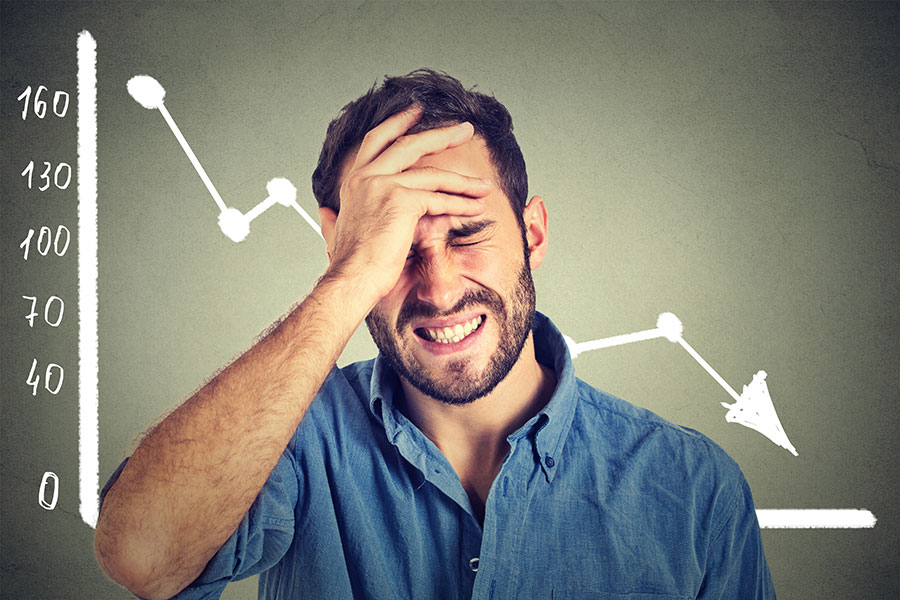“We’ve never seen anything like this,” my friend whispered in an ominous tone.
“Like what?” I asked.
“This economy,” he continued. “You know, inflation. Debt. The stock market.”
“You’re worried about the stock market?” I asked.
“Aren’t you?” he responded.
“Do you remember when COVID-19 first appeared?” I asked. “In late February 2020, the stock market fell about 30% from its peak. By August the market had hit bottom and recouped all its losses.
“If you had invested $100,000 in the market the day before everything fell back in early 2020, know how much you’d have now?” I asked.
“$80,000?” my friend guessed.
“Actually, about $115,000. I’m not including taxes or fees you paid,” I explained. “Nor am I saying that what you have in the stock market might not go down further from this point. No one knows.”
“But here’s what I do know,” I said. “Historically, the US stock market as measured by the S&P 500 or the Dow Jones Industrial Average dips about 10% about every two years. Every five years or so, it goes down about 30%. And once every generation or so, we’ll see it drop 50% or so.”
“And it can go down more than that, more frequently than that,” I continued. “That’s just been the history over the last 100 years or so.”
“So, why does it seem so different now?” my friend asked.
“Two reasons,” I said. “First, because it’s now, and ‘now’ always feels more real than ‘back then’.”
“Yeah, I get that,” he said.
“Second, because you’re older, you likely have more money than you’ve ever had. Before COVID, the last ugly bear market we had was the financial crisis of 2008. Remember how old you were then and how much money you had?”
He laughed. “I didn’t have two nickels to rub together in ’08.”
“Right,” I said. “But now that you’ve actually got some money, you’re experiencing what it feels like to be in the markets. It hurts to see your account values decline. But if you want to reap the benefits of market participation you’ve got to take some risk…and learn how to process the pain of volatile markets.”
“And investing can hurt,” I continued. “From 2000 to 2002 we experienced a bear market that started with the bursting of the big tech stock bubble. Those three years of pain seemed like forever.”
“But again, if you’d invested $100,000 in the S&P 500 right before it tanked in 2000—say March 1, 2000—want to guess how much you’d have today? Again, I’m not trying to calculate your taxes or fees.”
“$150,000?” He was getting the idea.
“Try $340,000.”
“Oh wow!”
“There’s an old saying that history does not repeat itself, but it does rhyme,” I said. “I am terrible at predicting the future, but I read history. And the history of markets reveals certain realities. Risk is real. Declines are inevitable. Some pain is the price of admission to reaping the rewards that market participation can bring.”
“What do you recommend then? Just do nothing?”
“Absolutely not. I recommend two things.
“First, get a financial plan that guides you to the amount of market risk that’s appropriate for you. And once you have that plan, review it regularly so you can recall why you’re doing what you’re doing.”
“Second, read history. It has a lot to teach us about the present.”
To help you deal with market uncertainties and evaluate the design of your own plan, I’ve created a comprehensive checklist of pre-retirement questions for people who are 60-something. It’s free if you’d like a copy. Just email me at bmoore@argentadvisors.com, and I’ll send it to you right away.
Argent Advisors, Inc. is an SEC-registered investment adviser. A copy of our current written disclosure statement discussing our advisory services and fees is available upon request. Please See Important Disclosure Information here.

